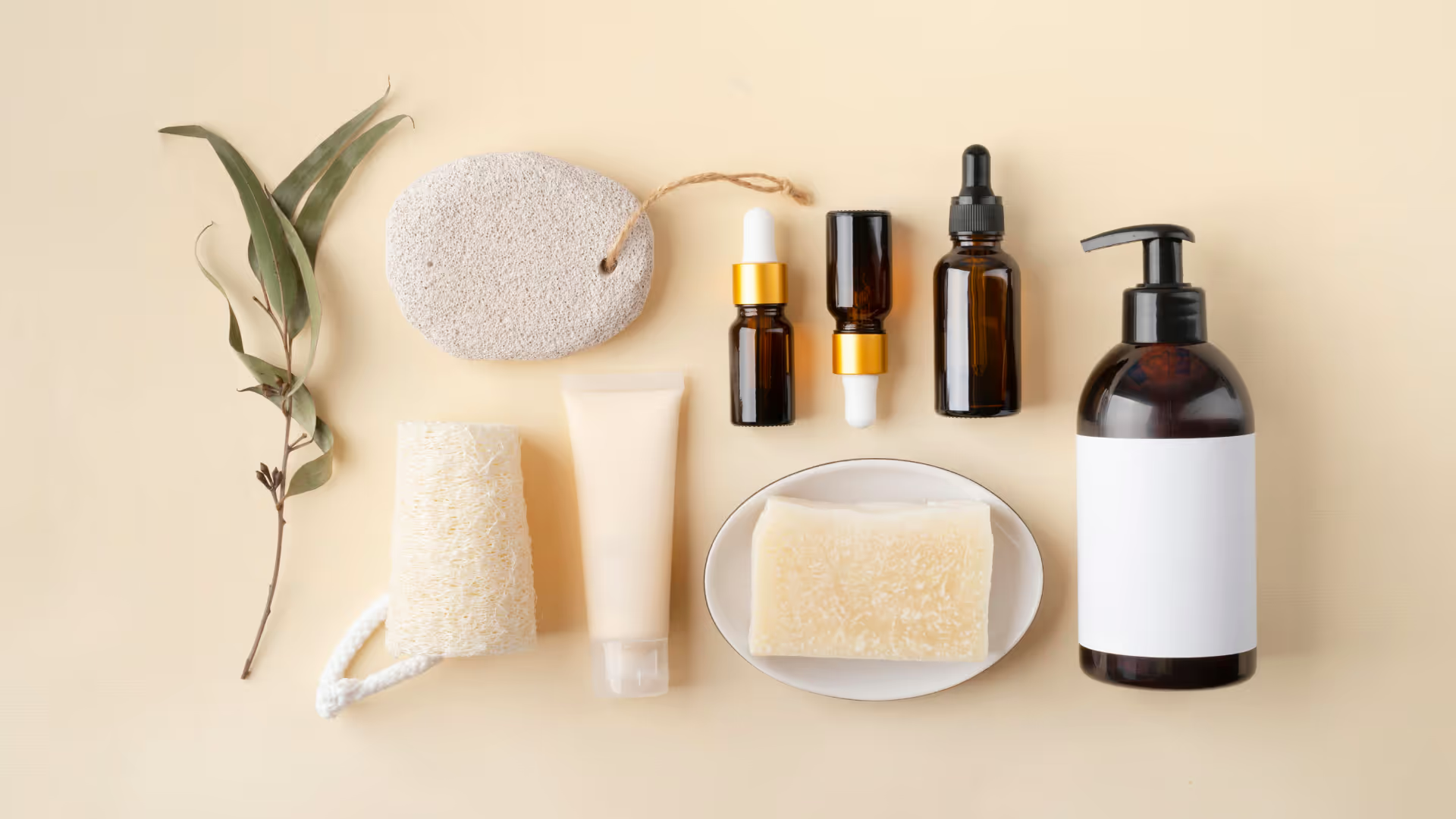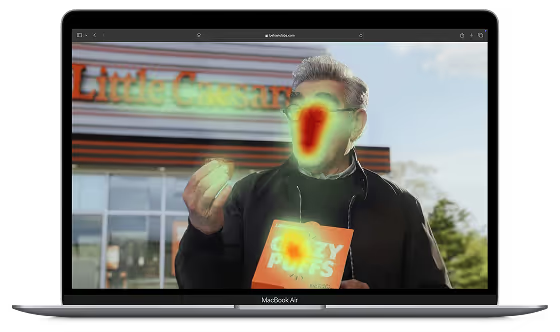"Red Bull gives you wings."
For nearly two decades, this iconic claim helped build one of the world's most recognizable energy drink brands. The slogan was memorable, distinctive, and emotionally resonant—everything a great claim should be.
There was just one problem: it wasn't entirely true.
In 2014, Red Bull agreed to pay over $13 million to settle a class action lawsuit that accused the company of making false and misleading advertising claims. While no one actually expected to sprout wings after consuming the beverage, plaintiffs argued that Red Bull's marketing suggested performance benefits that lacked scientific support.
The company then had to reimburse disappointed customers, turning a catchy slogan into an expensive mistake.
This brand tale highlights something every marketer should know: claims matter. They influence consumer perceptions and purchase decisions, and —perhaps most importantly — create legal liability when they don't deliver.
So how can you create powerful claims that drive sales without risking your brand's reputation or budget? That's where claims testing becomes an essential part of your marketing arsenal.
What are claims?
Claims are essentially promises your brand makes to consumers. They quickly convey information about why your product is worth buying or why consumers should think about your brand in a certain way.
From "Kill 99.9% of all germs" to "All natural ingredients", claims give consumers a reason to believe in your product.
Types of claims
When creating ad or product claims, brands typically craft several types of statements:
- Functional claims: Focus on performance or efficacy (e.g., “Kills 99.9% of germs”).
- Emotional claims: Tap into feelings or lifestyle aspirations (e.g., “Feel your best every day”).
- Comparative claims: Position your product against competitors (e.g., “Lasts 2x longer than the leading brand”).
- Regulatory or compliance claims: Must meet strict legal requirements (e.g., “Clinically proven,” “100% organic”).
What is claims testing in marketing?
Claims testing is the systematic evaluation of statements about your products or services to determine which ones most effectively result in the desired outcomes.
It helps you validate whether your ad claims or product claims resonate with your target audience, align with their needs, and meet legal standards. In short, claims testing ensures your brand message is trustworthy, persuasive, and data-backed.
Why claims testing is critical for your brand
1. The subconscious mind makes most purchase decisions
Research shows that 95% of human decisions are made subconsciously, making it crucial to test how claims affect consumers on this deeper level. Traditional focus groups and surveys often capture rational responses but miss the subconscious drivers that ultimately influence buying behavior.
Claims testing that incorporates behavioral science methods can uncover hidden responses, for example, revealing which claims truly drive purchase intent rather than just positive verbal feedback.
When consumers read or hear a claim, their subconscious may send signals that ultimately shape their decision, even if their conscious mind perceives it differently.
Without proper testing, you risk investing in claims that sound good in the boardroom but fail to deliver results in the marketplace. Effective claims testing bridges the gap between what consumers say and what they’ll actually do when faced with purchasing decisions.
2. Your claims shape your brand identity
Product claims are essentially brand assets like logos, colors, or taglines. A strong claim acts as a recognizable, repeatable shorthand for what a brand stands for. It builds mental availability, fosters trust, and differentiates your brand from competitors.
Consider how Volvo’s “the safest car you can drive” has made safety inseparable from its brand.
However, not all claims are equally effective. While brand symbols have a median uniqueness of 51%, claims and slogans score only 25%—they’re often generic (“More than a chair”) and overused.
Because the human brain struggles to retain them, brands shouldn’t rely on claims alone but should complement them with distinctive assets like logos, mascots, or product design.
Your claims aren’t just selling products; they’re shaping brand perception. Misaligned claims—like a luxury brand calling itself “the cheapest option”—can confuse consumers and weaken your identity.
3. Legal consequences can be costly
The Red Bull case isn't an isolated incident. Brands regularly face legal challenges for claims that cross the line from marketing puffery into potentially misleading territory.
The Federal Trade Commission (FTC) requires that commercial speech be non-deceptive, and this extends to all claims your brand makes. Claims that make direct comparisons to competitors or position your brand as an industry leader are particularly susceptible to legal challenges.
Even user-generated content and influencer testimonials that you feature in your marketing must comply with FTC regulations—a fact many brands discover too late.
Creating claims that are both legally sound and marketing-effective requires a delicate balance. Through proper claims testing, you can identify claims that are compelling without crossing into legally problematic territory.
4. Effective claims drive purchase decisions
When brands develop claims based on deep consumer understanding, they can transform product performance and help you stand out in the marketplace. Strong, believable claims build consumer trust and influence purchase decisions.
The best claims provide what marketers call a "Reason to Believe" (RTB)—evidence that grounds your claim in reality. This could be:
- References to your brand's history or expertise
- Mentions of specific ingredients or processes
- Expert endorsements or certifications
- Statistical evidence from testing
.avif)
How to create effective claims
For a claim to truly connect with consumers and drive purchase decisions, it needs to hit these three essential marks:
- Consumer resonance: The most effective claims connect with what consumers really care about. Instead of focusing solely on product features, successful claims tap into the feelings and desires that motivate purchases.
- Need alignment: Claims must address actual consumer needs, not just what your brand wants to highlight. Since most purchasing decisions happen subconsciously, it's crucial to align claims with both stated and unstated needs.
- Clarity and Understanding: Even the most compelling claim fails if consumers can't quickly grasp what it means. Effective claims use straightforward language that's immediately understood by your target audience.
How to prepare for claims testing
Before you can evaluate the effectiveness of your claims, there are several important steps to prepare for a successful testing process. At Behavio, we guide our clients through these key preparation stages:
- Define your product category: Clearly articulating your product category establishes the competitive context for your claims. This definition helps frame how consumers will perceive and evaluate your claims within the proper market segment.
- Come up with claims to test: Develop a variety of potential claims based on your product's benefits and features. Don't self-edit too much at this stage—it's better to test a wider range of options to discover which ones truly resonate.
- List your competitors: Identifying your key competitors helps establish benchmarks for your claims. Understanding the competitive landscape allows you to position your claims effectively and identify potential points of differentiation.
- Define your target audience: Precisely defining who you want to reach ensures your claims are tested with the right consumers. Claims that resonate with one demographic might fall flat with another, so specificity here is crucial.
- Provide the correct format: Claims need to be presented in a consistent format for accurate testing. This ensures that respondents are reacting to the content of the claims rather than differences in presentation style or medium.
Final thoughts: claims testing as a competitive advantage
Effective claims can be a powerful differentiator for your own brand positioning, but only if they're backed by solid data and resonate with your target audience at both conscious and subconscious levels.
Remember the lesson from Red Bull: even the most creative, memorable claim can become a liability if it can't be substantiated.
When done right, a claims test doesn't just mitigate risk—it uncovers opportunities to connect with consumers in more meaningful ways.
By implementing rigorous testing into your marketing process and strategy, you can:
- Create claims that truly connect with consumers at a subconscious level
- Avoid potentially costly legal issues
- Build stronger, more distinctive brand associations
- Make marketing decisions based on facts rather than assumptions
How Behavio can help with claims testing
Through our advanced behavioral science methodologies, we help you identify which claims resonate most strongly with your audience at a subconscious level.
Our ad testing solution lets you pre-test any text, visual, audio, or video ad—including claims—before investing in full production and media placement, ensuring your messaging truly connects before you commit.
Ready to develop claims that truly resonate with your audience? Book a demo with Behavio today to learn how our platform can help you make tough marketing decisions easier.





.avif)




.png)









